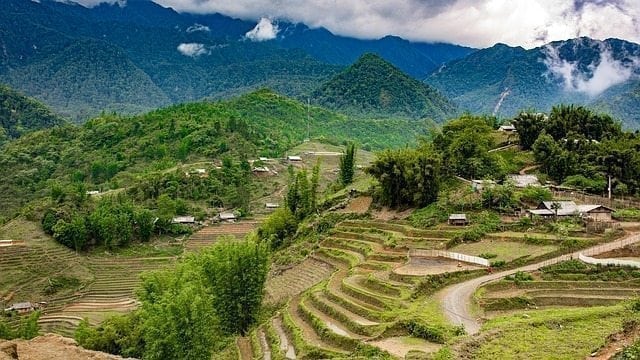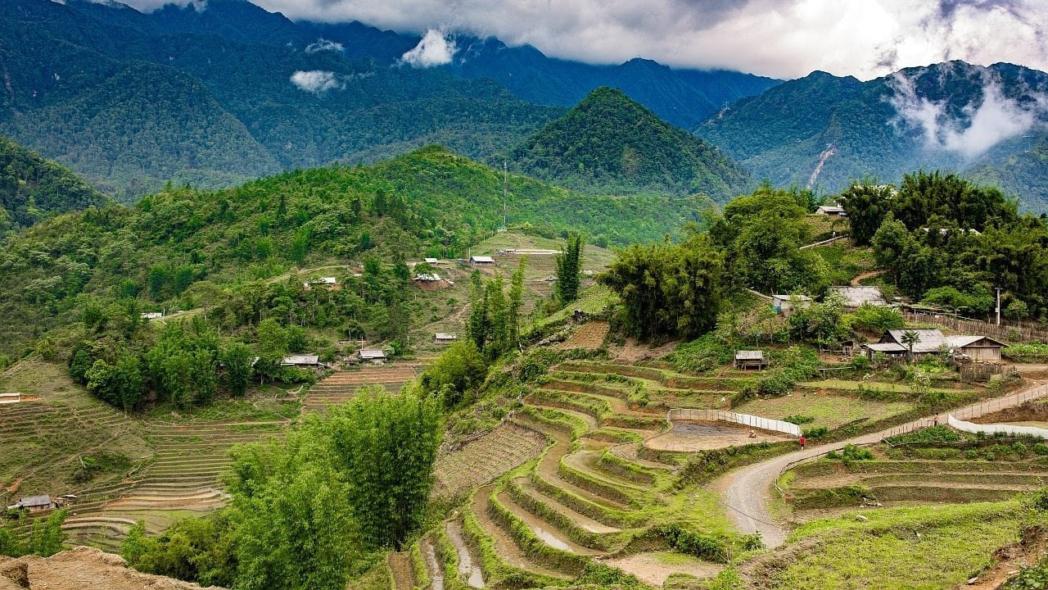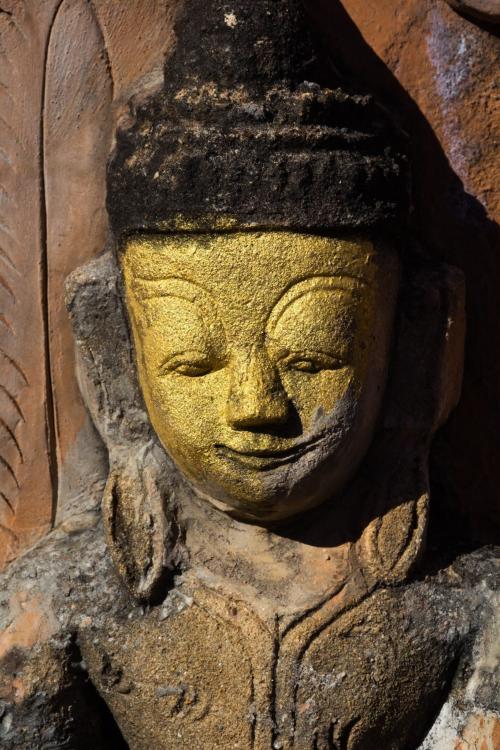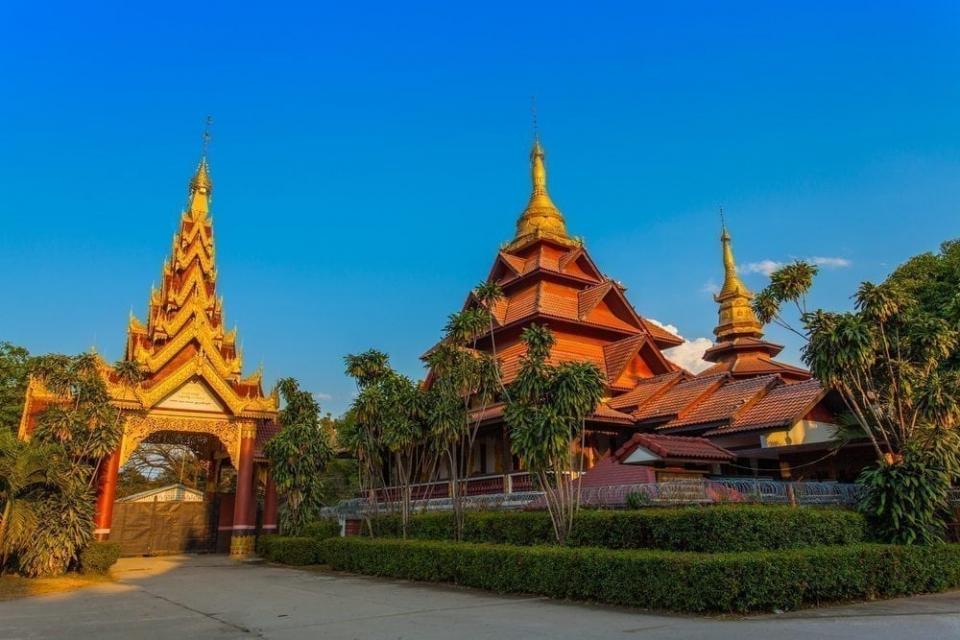
Imperial Citadel of Thang Long
The Imperial Citadel of Thang Long, is an intriguing relic of Vietnam’s history and, signifying its historical and cultural importance, was made a UNESCO World Heritage Site in 2010. Also known as the Hanoi Citadel, many artefacts and items dating back to between the 6th and 20th centuries were excavated in 2004, including foundations of old palaces, ancient roads, ponds and wells.
The Thang Long Imperial Citadel was built in the 11th century by the Ly Viet Dynasty, marking the independence of the Dai Viet. It was constructed on the remains of a Chinese fortress dating from the 7th century, on drained land reclaimed from the Red River Delta in Hanoi. It was the centre of regional political power for almost 13 centuries without interruption. The Imperial Citadel buildings and the remains in the 18 Hoang Dieu Archaeological Site reflect a unique South-East Asian culture specific to the lower Red River Valley, at the crossroads between influences coming from China in the north and the ancient Kingdom of Champa in the south.
The Central Sector of the Imperial Citadel of Thang Long — Hanoi, located in the heart of the capital of Viet Nam, is the most important and best-preserved part of the ancient Imperial Citadel of Thang Long.
The Thang Long Imperial Citadel was built in the 11th century by the Vietnamese Ly Dynasty, marking the independence of the Đại Việt. It was built on the remains of a Chinese fortress dating from the 7th century, on drained land reclaimed from the Red River Delta in Hanoi. It was the centre of regional political power for almost thirteen centuries without interruption.
The buildings of the Imperial Citadel and the remains in the 18 Hoang Diêu Archaeological Site reflect a unique South-East Asian culture specific to the lower Red River Valley, at the crossroads of influences coming from China in the north and the ancient Kingdom of Champa in the south.
The Imperial Citadel of Thang Long is characterized by its longevity and continuity as a seat of power, evidenced by different archaeological levels and monuments.









